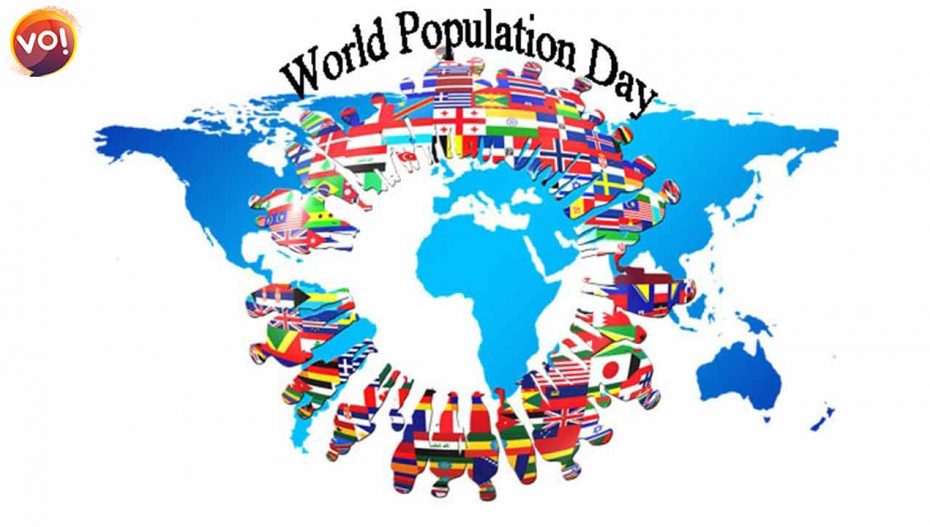World Population Day is observed every year on July 11 in order to raise awareness about the global population issues, including population control and raising a healthy generation. The day was earmarked in 1989 by the then-Governing Council of the United Nations Development Programme. On July 11, 1990, the day was first observed in more than 90 nations.
Each year sees a specific theme for World Population Day and the theme for 2022 is “A World of 8 Billion: Towards a Resilient Future For All – Harnessing Opportunities and Ensuring Rights and Choices for All.”
According to the World Population Prospects 2022, global population is projected to reach eight billion on November 15, 2022. India is projected to surpass China as the world’s most populous country next year, according to a report by the United Nations, Monday.
The global population is growing at its slowest rate since 1950, having fallen under one per cent in 2020. The latest projections by the United Nations suggest that the world’s population could grow to around 8.5 billion in 2030 and 9.7 billion in 2050. It is projected to reach a peak of around 10.4 billion people during the 2080s and to remain at that level until 2100.
“This year’s World Population Day (July 11) falls during a milestone year, when we anticipate the birth of the Earth’s eight billionth inhabitant. This is an occasion to celebrate our diversity, recognise our common humanity, and marvel at advancements in health that have extended lifespans and dramatically reduced maternal and child mortality rates,” UN Secretary-General Antonio Guterres said.
Read post here:
The report also noted that said that “India is projected to surpass China as the world’s most populous country during 2023.” Currently, India’s population stands at 1.412 billion in 2022, compared to China’s 1.426 billion
The world’s two most populous regions in 2022 were Eastern and South-Eastern Asia, with 2.3 billion people, representing 29 per cent of the global population, and Central and Southern Asia, with 2.1 billion, representing 26 per cent of the total world population. China and India accounted for the largest populations in these regions, with more than 1.4 billion each in 2022.
More than half of the projected increase in global population up to 2050 will be concentrated in just eight countries of the Democratic Republic of the Congo, Egypt, Ethiopia, India, Nigeria, Pakistan, the Philippines and Tanzania.
The report added that it is estimated that ten countries experienced a net outflow of more than 1 million migrants between 2010 and 2021. In many of these countries, these outflows were due to temporary labour movements, such as for Pakistan (net outflow of -16.5 million during 2010-2021), India (-3.5 million), Bangladesh (-2.9 million), Nepal (-1.6 million) and Sri Lanka (-1 million).
Also Read: Sugarcane Hooch Is 117-Year-Old’s Secret To Longevity











